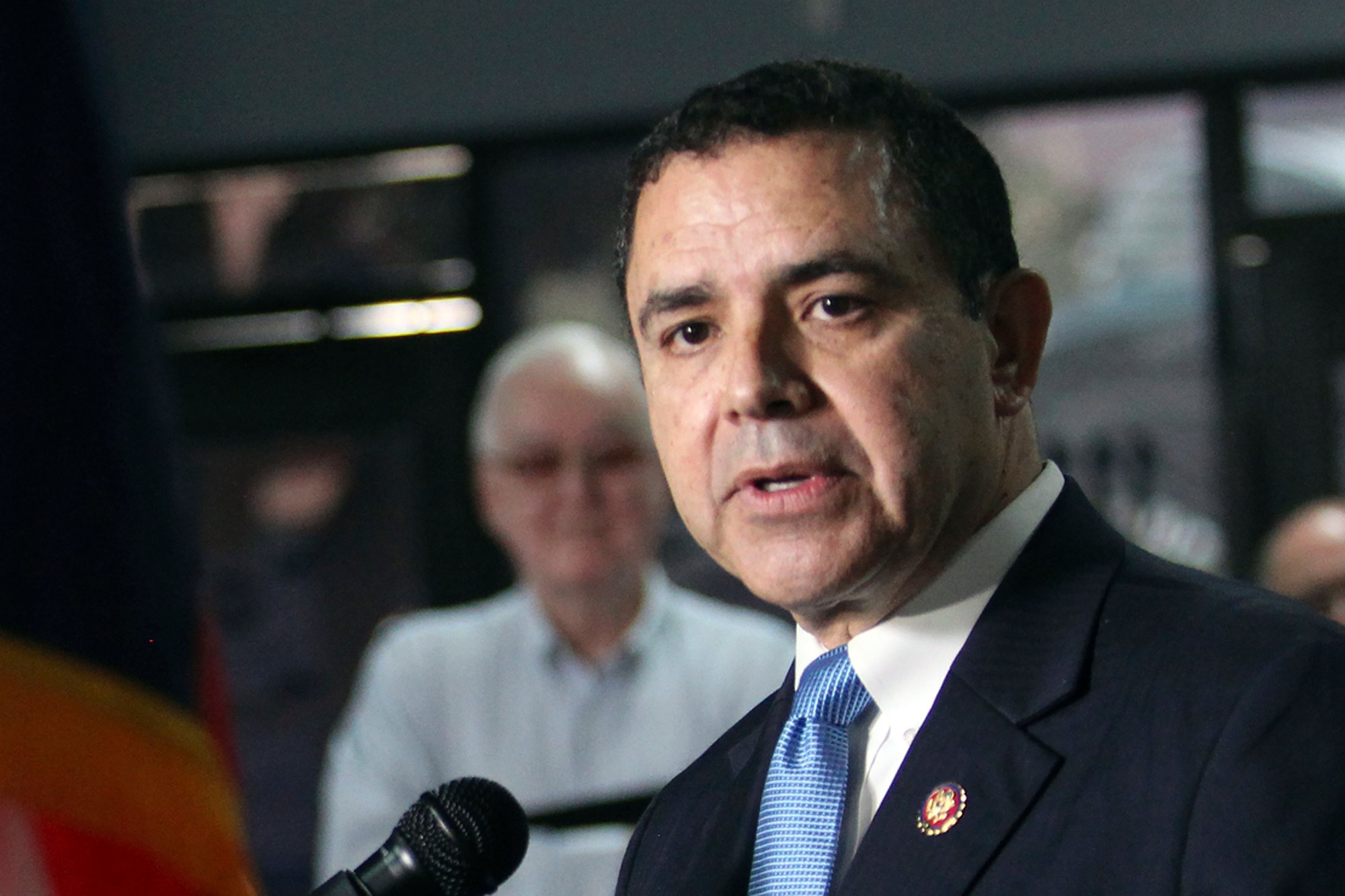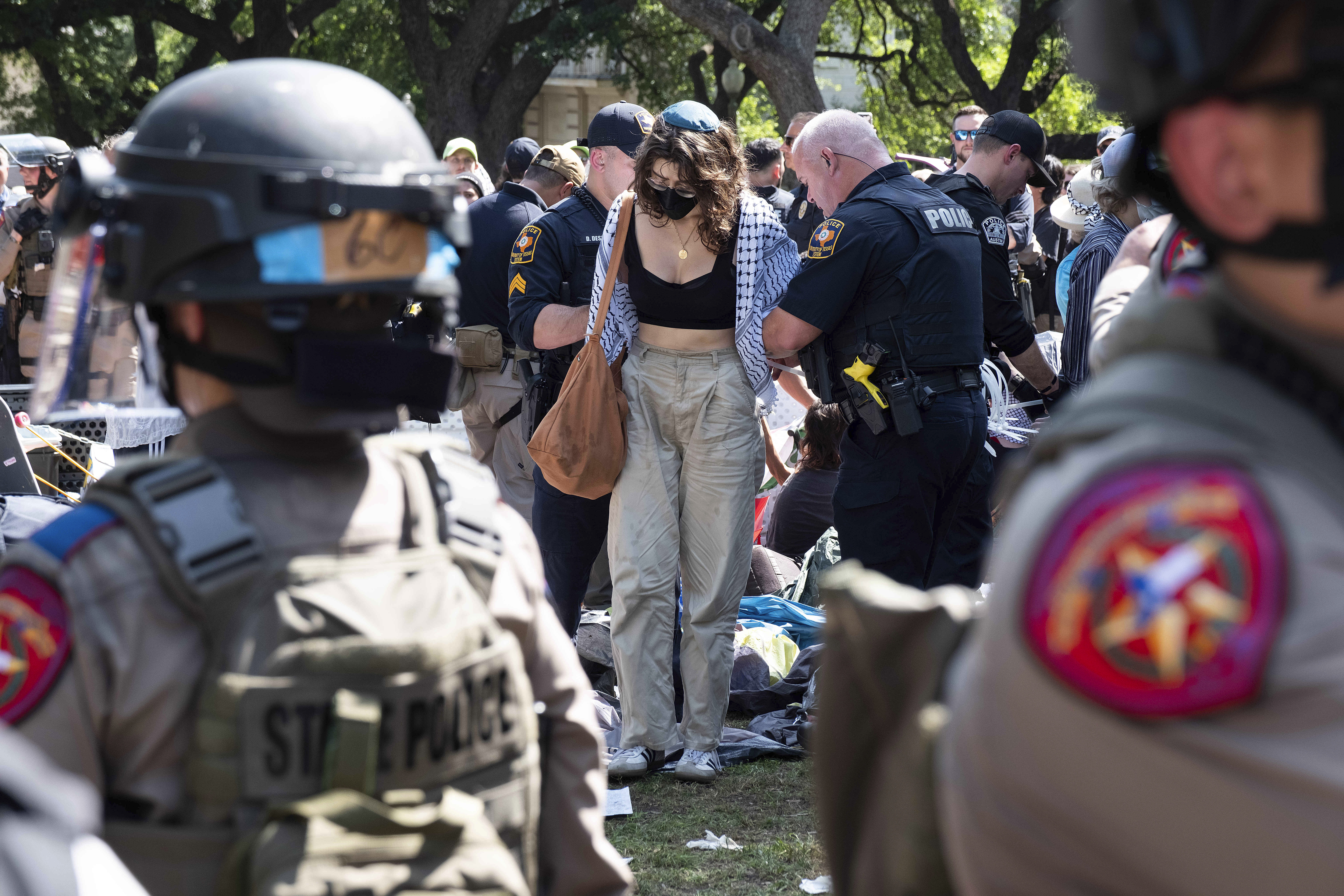ustxtxb_obs_1989_04_07_50_00020-00000_000.pdf
Page 15
landed in Bret just 16 days after the first 13 men of “I” Company, 24th Infantry, were awakened by their jailers and hanged. Conjecture varies as to the marchers’ motivations beyond being explained by the racial nightmare that was Houston in 1917. Robert Haynes, author of the definitive study of the riot, makes an arguable case for a premeditated conspiracy on the part of Sgt. Henry and other so-called ring leaders. Jason Holt, now a New Jersey lawyer and the only descendent of any of the executed soldiers to yet come forward, makes at least an equally good case for a group of men being caught up in events over which they had no control. Holt’s uncle, Thomas Coleman Hawkins, who enlisted at 21 and was convicted of each count the Army brought against him when he was 24 years old, provides one of the more human facets of the uprising and its study. He was identified by witnesses who had not known him before the trial and who testified against him in exchange for their own immunity from prosecution. Once informed of his imminent execution, T. C. Hawkins thought to write his mother a letter. The letter, dated December 11, 1917, declares Hawkins’s innocence of any wrongdoing and assures his South Carolina family that he will see them in heaven: Dear Father & Mother, When this letter reaches you I will be beyond the veil of sorrow I will be in heaven with the angels. . . . Don’t regret my seat in heaven by mourning over me. . . . I am sentence to be hanged for the trouble that happened in Houston Texas altho I am not guilty of the crime that I am ‘accused of but Mother it is God’s will that I go now and in this way and Mother I am going to look for you and the family if possible. . . Hawkins’s letter seems even more moving now that we know that his mother had written to the Army to inquire about her son’s whereabouts. Though he was on his way to San Antonio to be tried and executed, she received a standard and inaccurate reply from the War Department: “His mail address is Thomas C. Hawkins, Company I, 24th Infantry, Douglas, Arizona.” Some researchers contend that the Army classified details of the riot and trial for 50 years in an effort to cover up its own buckling under to public pressure. It is, however, no secret that the Army wanted quickly to keep the nation’s attention focused on the German attack on democracies in Europe. Fort Sam Houston Museum curator Manguso disputes the cover-up allegations by explaining, “There’s an enormous amount of information floating around in the military records that the Army doesn’t know how to locate.” And, he is quick to note, professional historians haven’t considered the Houston incident significant enough to canonize it. Meanwhile, personal information on the mutineers is still protected by the Privacy Act; only a request by then Senator Ralph Yarborough opened the Army’s files for scholar Robert Haynes. If Jason Holt, private investigator Mike Kaliski, playwright Celeste Walker, and the historians in attendance at the week of commemorative dramatizations and discussion of Camp Logan held at the Carver Cultural Center in San Antonio have their way, the black column will be resurrected again and yet again under progressively brighter lights. The exhibit will be at Austin’s Black Arts Alliance through April 29 and the play will be staged in Austin’s Paramount Theater on April 2829. Some involved in the San Antonio gathering are determined that the play and exhibition will help to explain the Camp Logan Uprising as a collective act of selfdefense against racially motivated indignity and brutality. Jason Holt, who has spent years studying accounts of the uprising in an effort to fully understand his uncle’s dilemma, would “like to see a different kind of review for the first 13” one that reexamines the circumstantial evidence and the validity of the convictions handed down. Mike Kaliski hopes someday to produce a film of the Uprising and has collected such a wealth of information during six years of study of the men and their circumstances that he is indispensable to any such effort. Celeste Walker hopes to expose theatergoers to a complete version of the story she grew up hearing in bits and pieces as a child in Houston. Dr. Haynes and his colleagues in the academic world agree that they should “try to ascertain as much of the truth as possible” about the Houston Riot of 1917. They also agree that the task is a difficult one. There are so many unanswered questions about these men of the “I” Company who chose to fight for their dignity at home and then to maintain a code of silence throughout their courts-martial questions that compel some scholars to keep digging for the reasons why the soldiers defied the odds and began what could be considered a suicidal march. Black and white Houstonians have yet to completely forget the two-hour rampage of the armed but ultimately powerless soldiers even if individual and collective memories have grown sketchy. Seventy-two years later activists want to discern what happened so that this lesson of history can be taught rather than repeated. Holt, the only known descendant of an executed soldier of the 24th, insists that exoneration of the Company is their only just epitaph. Holt’s suggestion may provide the only just solution for the lingering historical injustice that is Camp Logan. Clearly, someone or something should bear responsibility for the deaths of 15 Houstonians. But who can we honestly and unequivocally call guilty? The Army, for stationing black trained and experienced black fighting troops in a racist hotbed such as World War I Houston? Or perhaps the Army martials who disallowed the soldiers’ right to appeals and Presidential or judgeadvocate reviews? Should the hostile, bigoted citizens of Houston who disregarded and disrespected the Army uniform only when it covered black skin be found guilty? Or should the bulk of civilian blame rest on the indifferent and incompetent mounted Houston police who considered the unjustified beating of black soldiers and killing of black civilians their perogative? Can anyone still be sure of the “guilt” of the tried and convicted black soldiers who may have seen their “riot” as simply a defensive stand against centuries-old intolerable treatment escalated out of control during the hot summer of 1917? Who is guilty? No one suggested that the obviously negligent white Army officials be court martialed en masse. And not a single bigoted citizen of Houston took the stand fearing his own neck might be carressed by a hangman’s noose. The most notorious of the mounted police. Officer Starks, shot a black civilian to death in front of several black witnesses the Sunday after the uprising occurred. It took a jury of Stark’s peers “one minute” to acquit him. The facts point simply to the fact that Camp Logan was an avoidable tragedy whose unchecked aggravating incidents and factors rendered it unavoidable. Undoubtedly the column of men marching out of Camp Logan calls for a closer eye and ear to the needs and silenced cries of proud black soldiers. Now it’s easier to see that their storm was neither sudden nor fleeting. 20 APRIL 7, 1989


